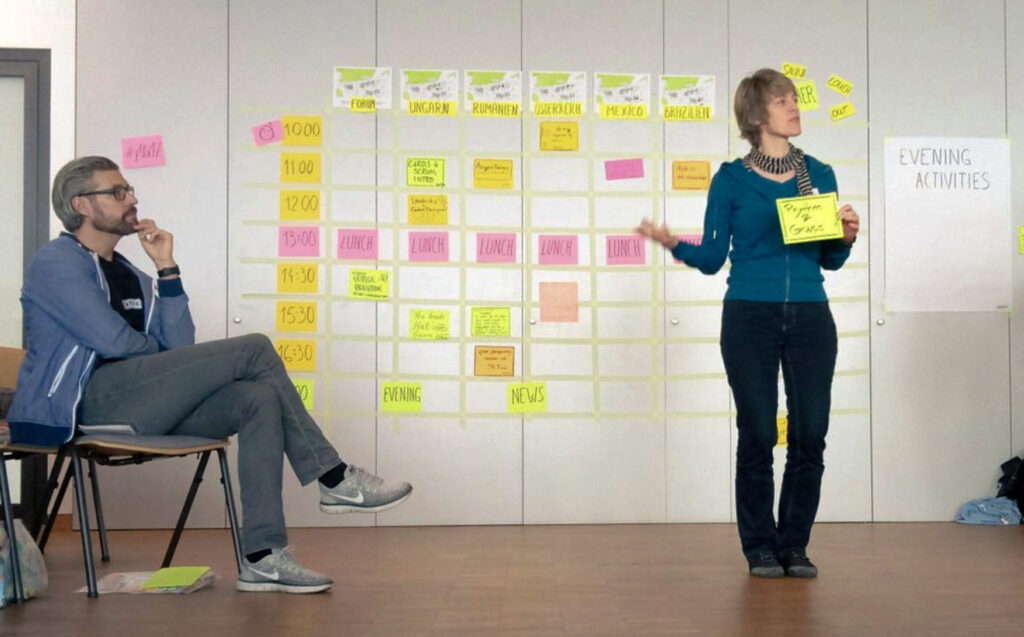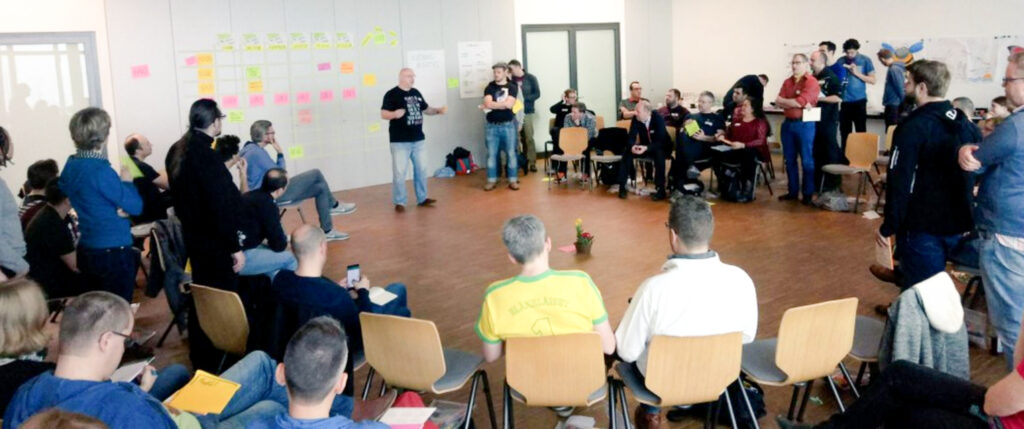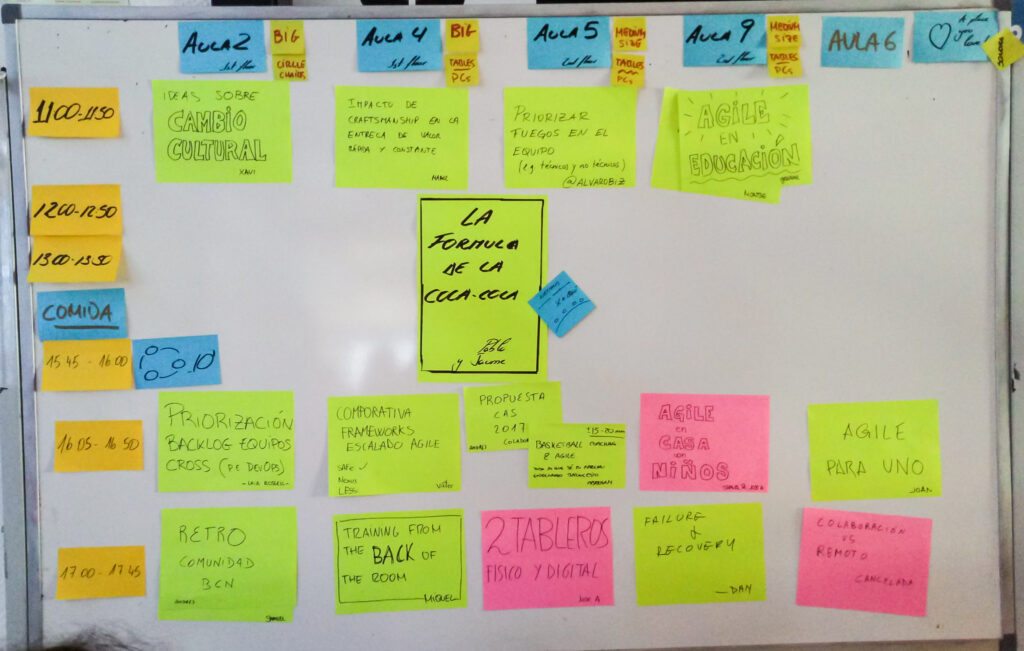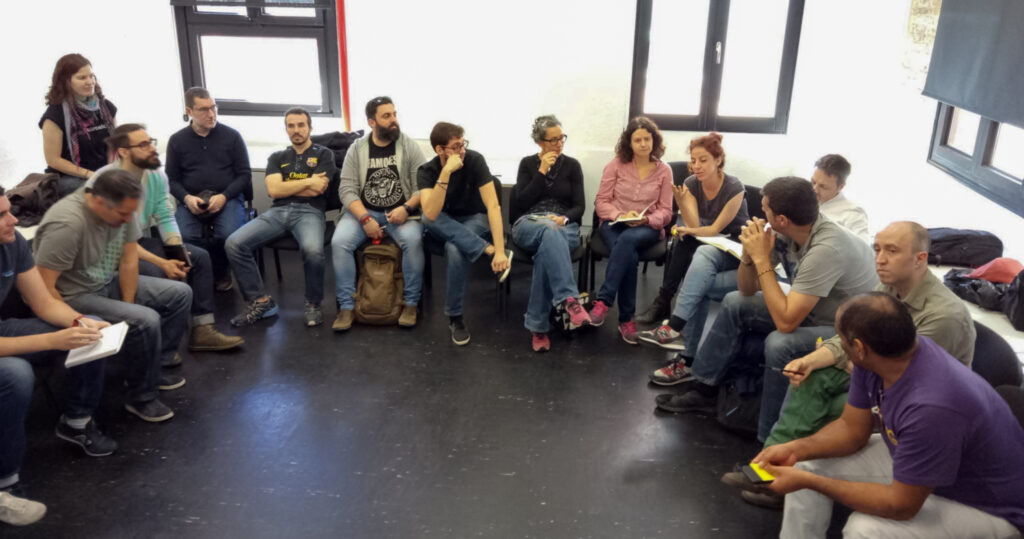What is an open space?-EN
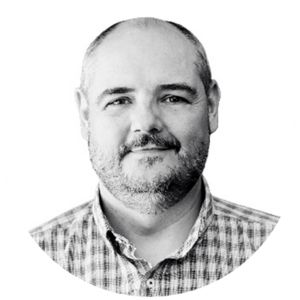
Miquel Rodríguez
- Business Agility
- Article
For those who have never attended an Open Space event, it is an “unconference“, a set of talks given by the event attendees themselves, so that everyone becomes both a “producer” and “consumer” of the content covered. There is no previous schedule since it is created collaboratively at the beginning of the event.
A different format which may seem innovative, but it was designed more than 30 years ago, and since then, it is estimated that more than 100,000 Open Spaces have been organized worldwide. Its creator, Harrison Owen, summarized the characteristics of this format in 1993 in his book Open Space Technology: A User’s Guide.
The structure of an Open Space
In general terms, the most common agenda format for an Open Space is as follows:
- At the start of the event, a couple of people act as facilitators explaining the Open Space’s topic, format, and rules to all attendees.
- Once the introduction is done, the attendees can propose sessions detailing the title on a sheet of paper and explaining the content to be discussed. The sheets are placed in a grid with an initial proposal of location and timetable.
- If there are more proposals than slots available on the grid, a vote is taken among all the participants to choose the most requested ones.
- Finally, the sessions are adjusted in the grid, agreeing on possible location and/or schedule changes.
- Once the grid is closed, each person freely chooses which sessions to attend according to his or her interests and the contribution he or she can make to the session.
- Optionally, at the end of the sessions, we can close the Open Space with a summary of the sessions and share the learnings and experiences of the attendees.
For example, in this photo, we can see the moment of proposing sessions at the Play4Agile event, held annually in Germany. You can see the two rows of people waiting their turn to propose a session on both sides of the semicircle.
This is what the grid looked like at an Open Space held at Netmind with the Agile community:
Four Principles and One Law
Four principles and one law govern open Spaces, which are the following:
- Anyone who comes is welcome: when the meeting starts, the people who have come are appropriate for whatever reason they have chosen to come.
- Whatever happens is the only thing that could have happened: it is best not to worry about what could have happened but to focus on what is happening now.
- When you start, you start: whatever time you start is the right time. The clock can inhibit creativity and learning.
- When you finish, you finish: the collective process and creativity have their rhythms. Sometimes, you use more or less time than you expected.
The Law of Two Feet, also known as the Law of Mobility, states that anyone has the freedom to move from one group to another at any given time during the event.
If, at any time, a person is in a group where he or she is not able to learn or contribute or is not having fun, he or she is responsible for using his or her two feet to move to another group where he or she believes he or she can.
Passion and Responsibility
The fundamentals for an Open Space to work are Passion and Responsibility.
Passion is precisely what moves us to participate, contribute, propose topics, learn, and collaborate. Without passion, there is no interest.
Responsibility, because what makes this format work is the responsibility of everyone who participates. Without commitment, nothing works.
Netmind and Open Space
Netmind has hosted Open Spaces organized by the Agile Spain Barcelona Community or the Barcelona Software Crafters on several occasions. We were also involved in the first online Open Space held in May 2020.
Why hold an Open Space?
In the process of organizational change in which a learning culture is promoted, we recommend holding events in Open Space format.
The decentralization of the chosen contents, the delegation and trust in the attendees and in the topics to be discussed, the energy generated during the sessions, the hallway conversations that end up being more interesting than some of the talks are characteristics of this type of event, fully aligned with what we understand should be an organization that wants to promote continuous improvement, people development and organizational learning.
Experiencing an Open Space is very different from reading the explanation of an Open Space. If you have never experienced one, I recommend that you do. Search Meetup to find out when the next one will be, sign up, experience it, and share it.
An Open Space is a powerful tool to lead a change in an organization toward a learning culture. At Netmind, we have held internal Open Spaces, and the experience could not have been better. We recommend it 100%.
